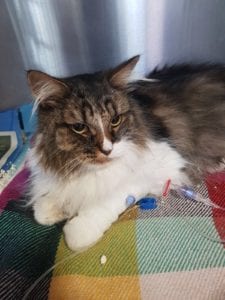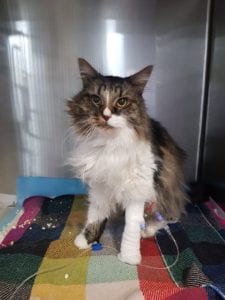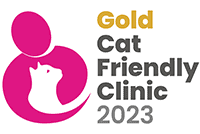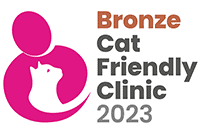Raf is a stunning Siberian cat who came to Village Vet Hampstead in a critical condition. He had collapsed at home after a short period of weight loss and increased thirst. He was found to have a severe form of diabetes called diabetic ketoacidosis. This life-threatening condition requires 24-hour nursing care and multiple continuous infusions of intravenous drugs and fluids. The Hampstead team were also able to identify with the help of an ultrasound scan that Raf had a severe liver infection and pancreatitis. Both of these conditions can trigger severe diabetes in cats.
After 6 days in our ICU Raf was able to go home to his loving family on a new regime of twice-daily insulin injections. He has been a star patient since admission and he and his family have adapted to their new life very well.
Cats cope with diabetic treatment and injections very well on the whole. About 50{3a10f7f38be8710b95718dfc9c7fa18d3336bfe0ed8819c8b4aa14ad90489ffe} of cats will only have transient diabetes and Raf may be one of them – we will keep our fingers crossed for him. Diabetic cats do need regular check-ups and blood tests to make sure that they are getting the right amount of insulin. Some cats will allow their owners to measure their blood glucose at home which keeps the visits to the vet to a minimum.
If your own cat shows signs of changes in drinking or eating habits with weight loss even if otherwise seemingly well, please talk to your local village vet practice. If diabetes is picked up in the early stages diabetic ketoacidosis may be avoided.













